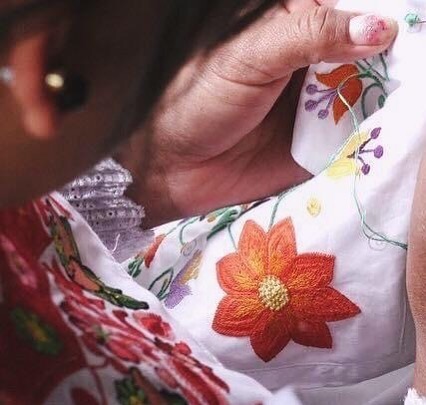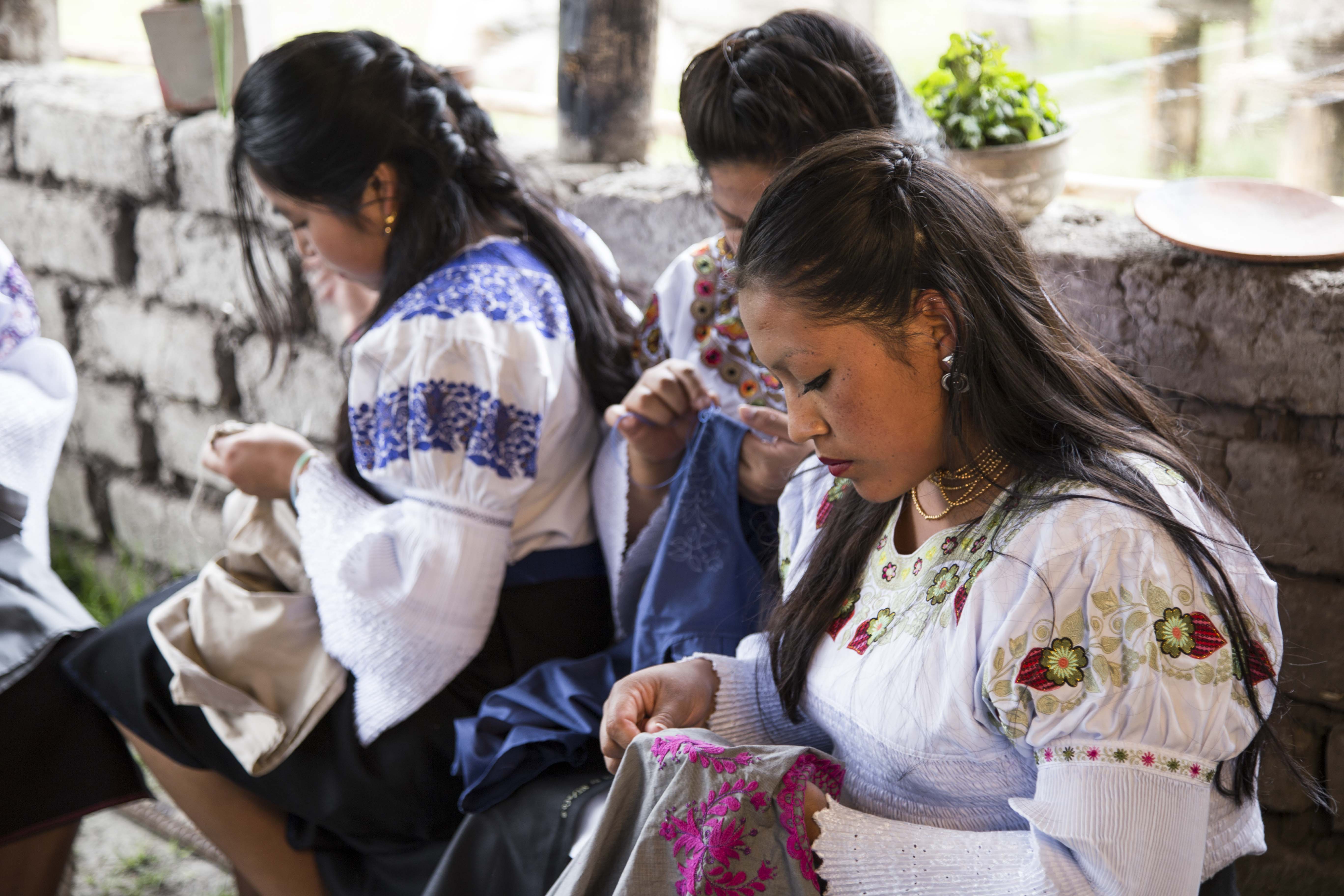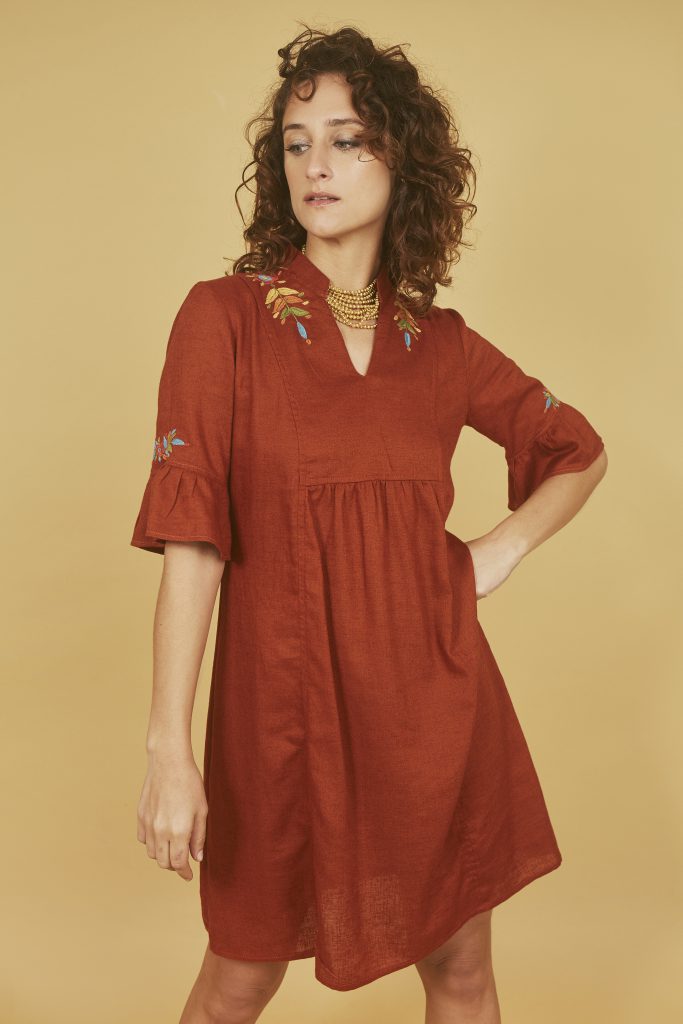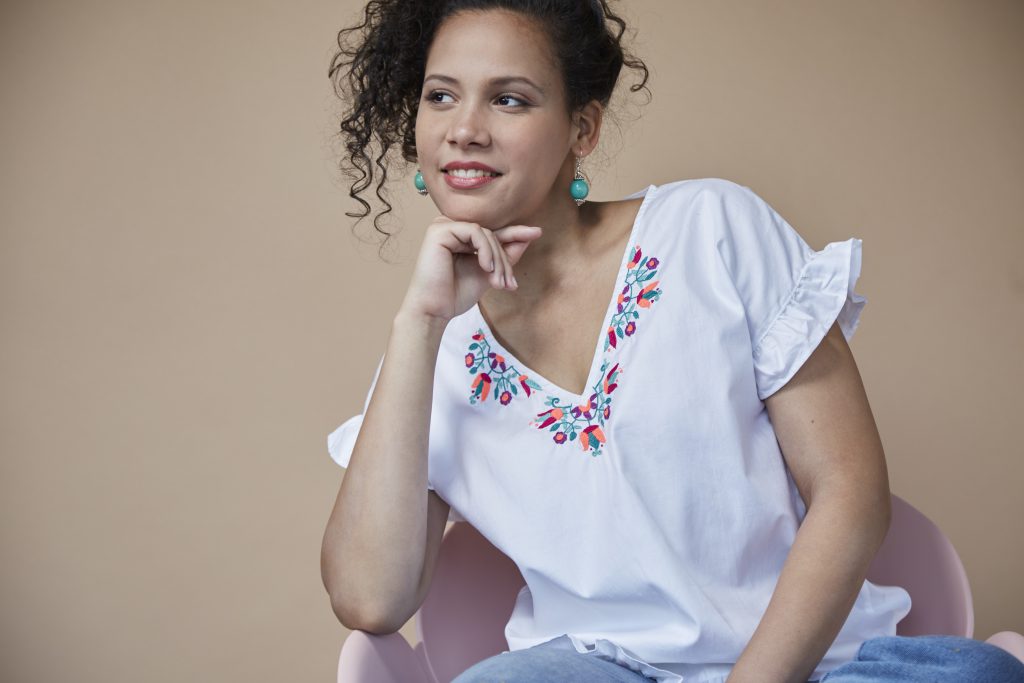The idea of preserving ancestral practices and the identity of a people through fashion extends every day to more stylists, textile producers and industry linked to the fashion sector that seeks to be sustainable and competitive at the same time.
Little by little, Latin America, thanks to its cultural richness, is positioning itself in a world overcrowded by consumerism and mass production to make room for the unique, traditional craftsman and to transmit a story through clothing or accessories. implied or untold.
Speaking of craftsman means referring to the person who makes a product manually or according to a technique acquired from a cultural heritage, without involving an industrial process, this is the common denominator that two brands share: Haki, Dominga Folky a shop: Pimkay, his entrepreneurs believe that the sale of this type of item, clothing or accessories is a way to raise awareness in society in terms of environmental protection, fair trade, as well as demonstrating the legacy of a people.
Haki means brotherhood in the Navajo language (Native American language); It was born in 2017 as a bi-national company between Ecuador and Peru with the aim of creating sources of work for women artisans, guaranteeing them economic security, maintaining the quality of the pieces they make and spreading the art of embroidery from both countries.
According to its founder, Vicky Almeida, they currently offer jobs to 16 embroiderers in total. In the case of Peru, they are supported by the NGO Buckner Peru, which welcomes people in a vulnerable state due to various factors, while in Ecuador they work directly with small satellites of the communities of the province of Imbabura, for both nations the aim is to provide formal work for this group of women, since they don’t have social security to protect them and the goal is that they “have their own companies, so they are independent,” she argues.
Based in Peru, the brand’s creations are exclusive designs that materialize in linen fabrics, Peruvian Pima cotton and certified organic by the Global Organic Textile Standard (GOTS) and FairTradeCertified which encourages fair trade practices to guarantee the properties of its Vicky adds that “… I prefer to work with local raw materials and the sketches adapt to all dimensions, the idea is that they are unique, versatile and timeless pieces”.
On the other hand, there is Dominga Folk, its owner Gabriela Delgado, a volunteer of the Fashion Revolution movement in Ecuador who promotes the real costs of fashion for consumers and who question the processes behind the manufacture of clothes, eight years ago. created this brand as a way to re-evaluate and perpetuate the ancestral knowledge of the Ecuadorian Andean peoples.
Today he works in the production of hand-embroidered blouses, dresses, shirts and jackets with cotton imported from India or Peru, as he explains that Ecuador does not have a large supply of raw materials in the textile sector. However, together with 25 artisans from Quito and the Zuleta community of Imbabura with whom they have direct contact, “We are looking for a transformation of the brand, particularly in the area of commodities that are eco-friendly and preferably local”. Gabriela says.
She comments that his designs have been accepted in Colombia and the United States, and at the moment his clothes are in stores in Cuenca, Guayaquil, Quito and Galapagos, but he doesn’t rule out the possibility of expanding.
Identity is the word that defines Pimkay, a young entrepreneur of handicrafts, both fashion and furniture, her creative director, Neilín Álvarez, explains that the main motivation for opening this shop was to show the world what Ecuadorians are capable of. building through tools, knowledge and fabrics.
After conducting a field study in some communities and cities on the Ecuadorian coast and the Sierra, they currently sell the work of 300 people including designers and craftsmen, who are constantly informed by the brand on the tastes of customers. Furthermore, 90% of the raw material is extracted nationally from natural fibers.
Neilín is aware of the good use of non-renewable resources, which is why it also requires its collaborative partners to improve processes from the use of materials to packaging. Likewise, “We try to reactivate the circular economy by encouraging local trade and opening up sources of employment,” he says.
Today there is a desire to recover, defend, enhance and promote the magic of craftsmanship in both designers and consumers, who see the contribution of ancestral wealth and fashion from a broader and more diversified concept.








